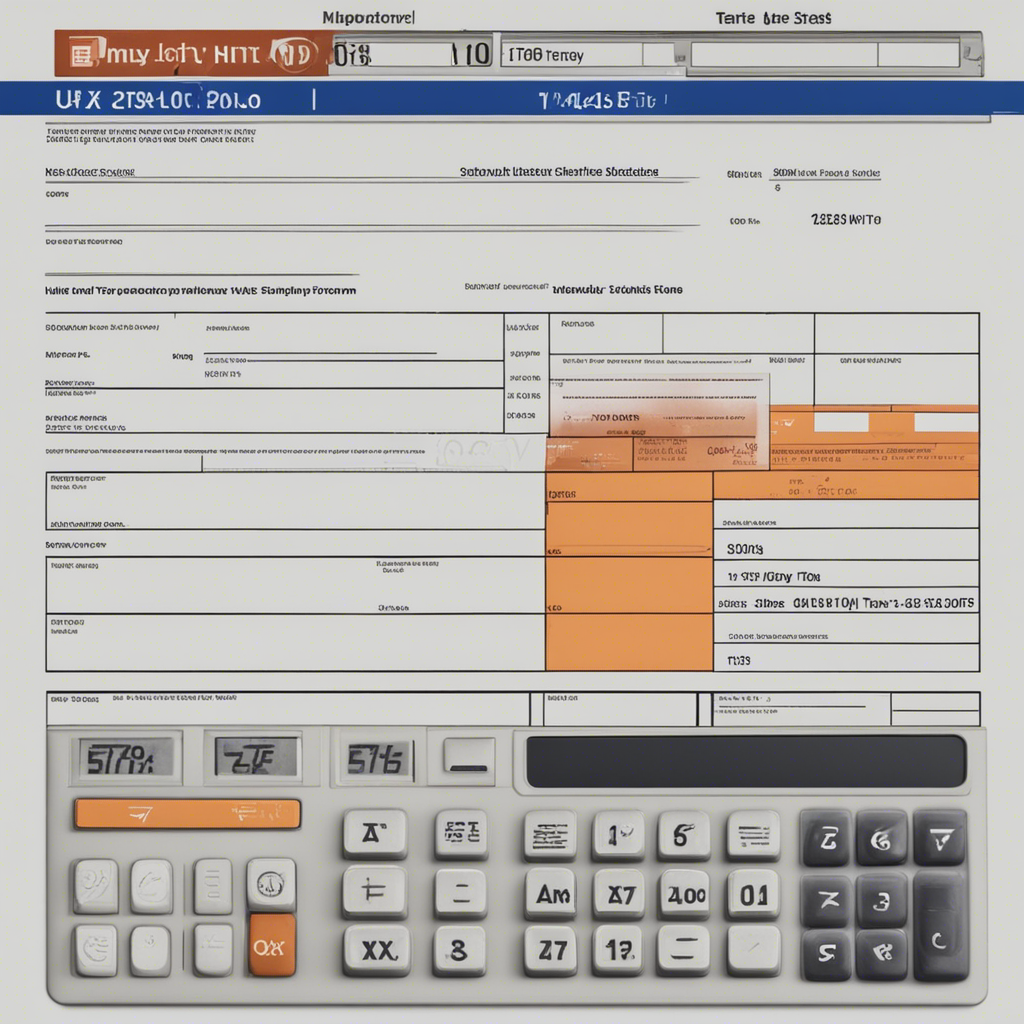
Saving for Your Child’s Education: Tips and Strategies
Planning for your child’s education is a crucial financial goal that requires careful consideration and long-term preparation. With the rising costs of tuition and other educational expenses, it is essential to start saving early to provide your child with the best possible opportunities for higher education. In this comprehensive guide, we will explore various tips and strategies to help you effectively save for your child’s education while considering your unique financial situation.
1. Start Early and Set Clear Goals
The earlier you start saving for your child’s education, the more time you have to accumulate funds and potentially benefit from compounding interest. Setting clear goals is essential to determine the amount you need to save and the timeframe you have to achieve it. Consider factors like the cost of tuition, inflation, and the number of years until your child starts college.
2. Understand the Different Education Savings Accounts
There are several types of education savings accounts available, each offering different tax advantages and eligibility criteria. These include:
-
529 Plans: These state-sponsored plans allow you to invest after-tax contributions, which can grow tax-free. Qualified withdrawals are also tax-free, as long as they are used for eligible education expenses. There are two types: prepaid tuition plans and education savings plans.
-
Coverdell Education Savings Accounts (ESA): These accounts also allow tax-free growth and withdrawals for qualified education expenses. However, the contributions are limited to $2,000 per year, and the eligibility criteria have income restrictions.
-
Uniform Gift to Minors Act (UGMA) and Uniform Transfer to Minors Act (UTMA) Accounts: These custodial accounts are set up for minors, allowing parents or guardians to invest on their behalf. Once the child reaches the age of majority, they gain control over the funds, which can be used for education or other purposes.
It is important to research and consult with a financial advisor to determine the best savings account option for your child’s education, taking into consideration your financial goals and tax implications.
3. Utilize Tax-Advantaged College Savings Plans
In addition to education savings accounts, there are other tax-advantaged college savings plans that can help you grow your savings faster. These include the following:
-
Prepaid Tuition Plans: Some states offer prepaid tuition plans that allow you to lock in current tuition rates, protecting you from future tuition inflation. These plans are usually limited to in-state public universities.
-
Education IRA/Roth IRA: Contributions to Roth IRAs can be withdrawn penalty-free for qualified education expenses. This flexibility makes it a popular choice for parents who want to save for both retirement and their child’s education simultaneously.
4. Automate Your Savings
One of the most effective ways to consistently save for your child’s education is to automate your savings. Set up regular contributions to your chosen education savings account or investment vehicle, ensuring that a portion of your income is automatically allocated towards your savings goal. This removes the temptation to spend the money elsewhere and helps build discipline in the long run.
5. Maximize Contributions and Take Advantage of Matching Programs
If you are fortunate enough to have access to an employer-sponsored retirement plan or education savings program, maximize your contributions to take advantage of any matching programs offered. Matching contributions can significantly boost your savings and help you reach your goals faster. Be sure to familiarize yourself with the specific terms and conditions of your employer’s program.
6. Diversify Your Investments
While saving for your child’s education, it is important to diversify your investments to manage risk effectively. Rather than relying solely on one type of investment, consider spreading your contributions across different asset classes. This strategy helps protect your savings from market fluctuations and may lead to higher returns over the long term. Consult with a financial advisor to create a diversified investment portfolio that aligns with your risk tolerance and goals.
7. Research and Apply for Scholarships and Grants
Encourage your child to actively search for scholarships and grants to help fund their education. Many organizations, institutions, and even businesses offer these opportunities based on academic achievements, extracurricular activities, and financial need. Start the search early and be diligent in researching and applying for these external sources of funding. The more scholarships and grants your child can secure, the less of a burden there will be on your savings.
8. Save Strategically and Revisit Regularly
As your child approaches college age, it is crucial to reassess your savings strategy and make any necessary adjustments. Regularly review your investment performance, revisit your goals, and ensure that your savings are on track. If needed, consider increasing your contributions or exploring other strategies to bridge any potential funding gaps.
Conclusion
Saving for your child’s education requires careful planning, a long-term approach, and the utilization of various savings and investment options available. By starting early, taking advantage of tax-advantaged accounts, automating your savings, and diversifying your investments, you can provide your child with a solid financial foundation for their education. Remember to regularly review and adjust your savings strategy to stay on track and maximize your efforts. With careful planning and disciplined savings, you can help make your child’s educational dreams a reality.
Note: The information provided in this blog post is for educational purposes only and should not be considered financial advice. Consult with a qualified financial advisor before making any investment decisions.






